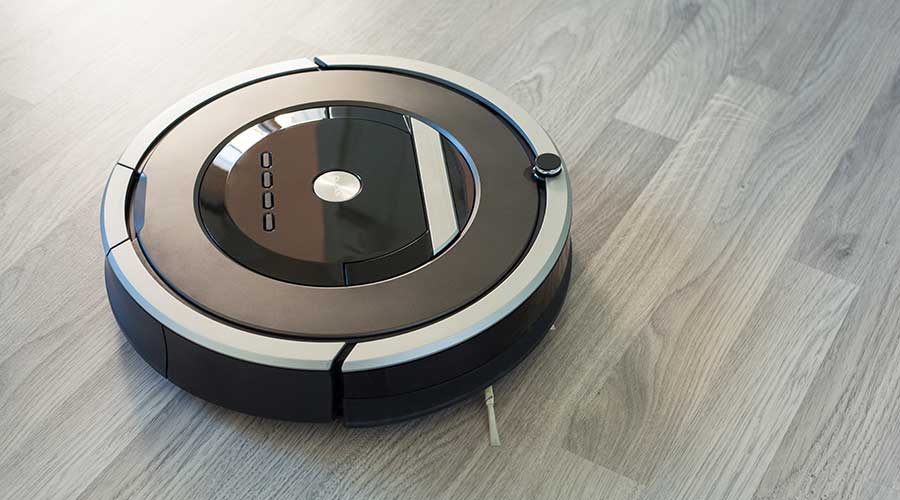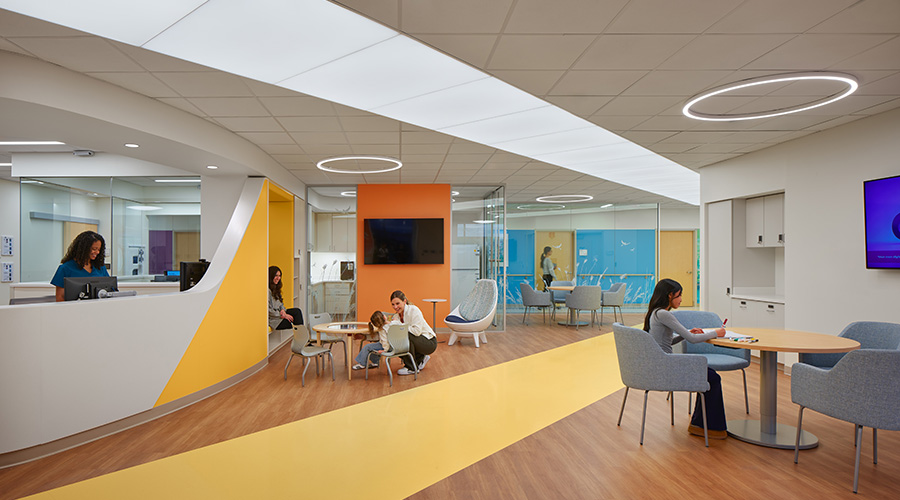As healthcare facilities are still rattled by staffing shortages, facility managers are left trying to find ways to close the gap. With this dearth of human labor, different types of solutions are being tested or fully implemented. Robotics – or autonomous units – are being used to carry out specific or routine duties, freeing up the time of their human counterparts to focus on other meaningful tasks.
There are already autonomous cleaning robots in use within healthcare facilities. Similar to Zambonis that are used in ice rinks, these solutions operate on an algorithm, so there is little need for input from employees outside of rare circumstances or it gets stuck.
“Facility managers are looking at moving people from scrubbing to robotic scrubbers,” says Phil Carrizales, director of hygiene and facilities solutions at Acme Paper and Supply Company. “Not necessarily to the point yet where they would be on patient floors, but primarily in open areas that are usually not very well occupied or not very busy during the evening hours when they would normally be scrubbing. This is so they can set the scrubber up and have it go do its route. Meanwhile there or somewhere close by, someone is refreshing bathrooms and doing higher level dusting or more detailed work.”
Meanwhile, hospitals and other healthcare facilities have found successful use cases for autonomous vacuums. Traditionally, vacuums are plugged into the wall and needed to be operated by someone at all times. However, these vacuums are not the typical model would see available on retail shelves. They operate on their own and are made to handle heavy duty work while being more durable. They can also run for longer periods of time so they can cover more ground than a retail model. Since the vacuums are autonomous, they require little guidance or babysitting from their operators.
Benefits of Robotics
At first glance, robotics may seem like a costly investment. However, their benefits and return on investment (ROI) are soon reaped. As noted by Carrizales, the ROI depends on what robotics are used for. They also have fair lifespans, as most of them last for around three years or more before needing major maintenance or outright replacement.
“It really is very efficient, because you are basically having the robots do the work of one to one-and-a-half people in some cases,” says Carrizales. “Plus, they never call out, they do not get sick, and they do not have holidays off either.”
Overall, these robots could fill in the gaps for where staffing may be needed. While they may not be ready to handle everything yet, these robotic units are showing what they are capable of.
“I do not think that they are quite ready yet for the patient floors,” says Carrizales. “However, for any of the hospitals which have large atriums or wings in their buildings, the machines are being implemented. In those areas, it would normally take a person or multiple persons to do the work during the night. With robots, efficiency gains are huge because now you are freeing up that person because the person does not need to be there and watch the units.”
With employees’ time being freed up by these solutions, they are able to complete other tasks that take precedent, leading to projects being completed in a more efficient, timely manner. Robotics is one potential stopgap for certain facilities management tasks and responsibilities.
Jeff Wardon, Jr. is the assistant editor for the facilities market.

 Contaminants Under Foot: A Closer Look at Patient Room Floors
Contaminants Under Foot: A Closer Look at Patient Room Floors Power Outages Largely Driven by Extreme Weather Events
Power Outages Largely Driven by Extreme Weather Events Nemours Children's Health Opens New Moseley Foundation Institute Hospital
Nemours Children's Health Opens New Moseley Foundation Institute Hospital Code Compliance Isn't Enough for Healthcare Resilience
Code Compliance Isn't Enough for Healthcare Resilience Ribbon Cutting Marks First Phase Completion for New Montefiore Einstein Facility
Ribbon Cutting Marks First Phase Completion for New Montefiore Einstein Facility